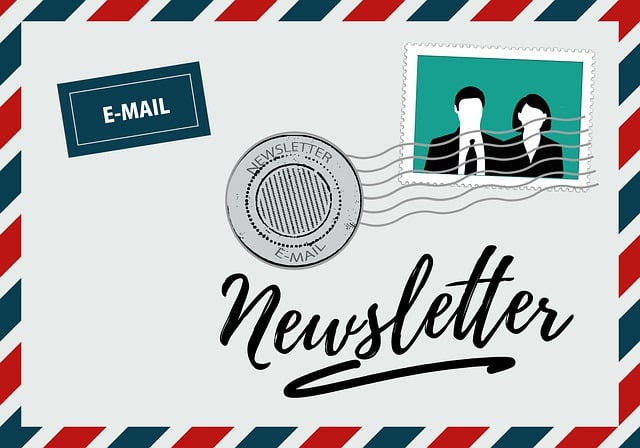A content management newsletter is a helpful resource to keep you updated on the latest tips, trends, and best practices for managing digital content effectively.
Over time, I’ve learned that creating a successful content management newsletter isn’t just about sending updates; it’s about engaging your audience meaningfully. While doing this for a while, I’ve refined my approach through experience. Don’t worry; I will share the techniques that consistently help keep my readers interested and excited in this blog post.
Whether you’re a business owner, a blogger, or someone working in marketing, a content management newsletter provides valuable insights to help you organize, create, and distribute content smoothly.
In addition, these practices are simple but effective, helping me build stronger relationships with my readers and boosting the performance of my campaigns.
But first, let’s start by understanding what a content management newsletter is, why it’s important, and how it can benefit your overall content strategy.
Don’t be in a hurry to leave.
Key Points
- A Content Management Newsletter is a way to share tips, trends, and updates on managing digital content effectively with your audience.
- Understand what your readers care about and create content that keeps them interested.
- Make your newsletters easy to read by using short, straightforward messages that focus on one topic.
- A good subject line grabs attention and encourages readers to open your email.
- Personalize your messages and divide your audience into smaller groups to send content that matches your readers’ needs.
Memory updated
What is a Content Management Newsletter?
A content management newsletter is a regular email that you send to your subscribers to share updates, articles, or important information related to your content. It helps keep your audience informed about what’s new on your website, blog, or other platforms. The goal is to keep readers engaged, provide them with valuable content, and encourage them to visit your site or take specific actions, like reading a new article or exploring a product.
In simple terms, it’s a way to stay in touch with your audience, share helpful content, and strengthen your relationship with them. It’s an essential tool for maintaining a strong connection with your readers and driving traffic to your website.
From my experience, creating a successful newsletter requires some planning, creativity, and knowing what your readers enjoy.
Think of it as a way to organize your content and make sure your audience always gets new and useful information. But it’s more than just sending updates, it’s about keeping your readers engaged and excited to see what’s next.
Why are email newsletters so great?
Newsletters are a key way to stay in touch with your audience. Sending regular emails keeps your subscribers thinking about your business and how your products or services can benefit them. They are personal, targeted, and reliable.
A well-done email newsletter can drive traffic to your website, encourage signups for webinars or events, and increase product sales. But newsletters only work if they are well-planned and executed – which can be tricky.
Some marketers believe that filling newsletters with lots of content makes them engaging, but we’ve all seen examples of newsletters that try to include too much. When product updates are mixed in with blog posts and random promotions, your message can be unclear.
Your audience needs to understand what your newsletter is about from the subject line. When they open it, they should quickly see the focus and actions (CTAs) they should take. If your newsletter isn’t getting good open rates or engagement, it might be time to step back and think about why it’s not connecting with your readers.
What makes a newsletter successful?
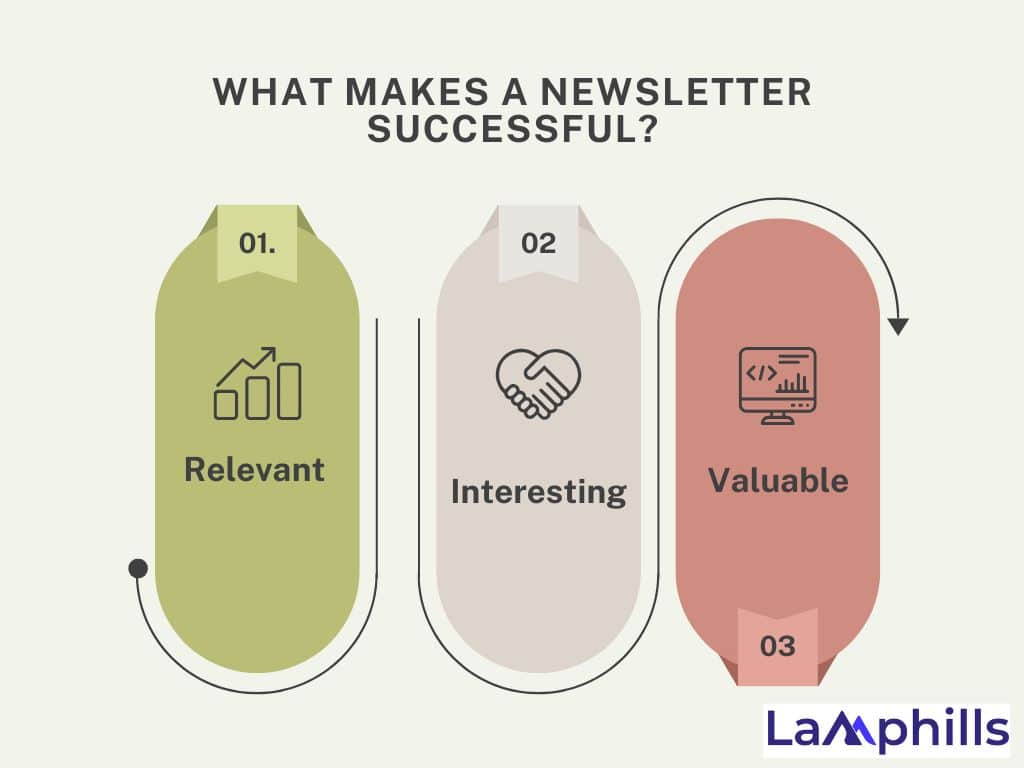
Think about the last email newsletter you read from start to finish. What made you keep reading?
Email marketing is about making money – more subscribers should help grow your business. To keep that going, your newsletters need to have three important qualities:
- Relevant: It connects to the reader’s job, hobbies, and what they care about.
- Interesting: It keeps the reader entertained, informed, or happy.
- Valuable: It gives the reader something helpful or teaches them something useful.
Without these traits, your newsletter won’t keep readers coming back. In this post, we’ll share 10 tips for creating newsletters that focus on these points.
Before anything else, you’ll need to plan your newsletter strategy. This means setting your goals, knowing your audience, and choosing a style for your newsletter.
10 Simple Tips to Make Your Newsletters Better (Best Practices).
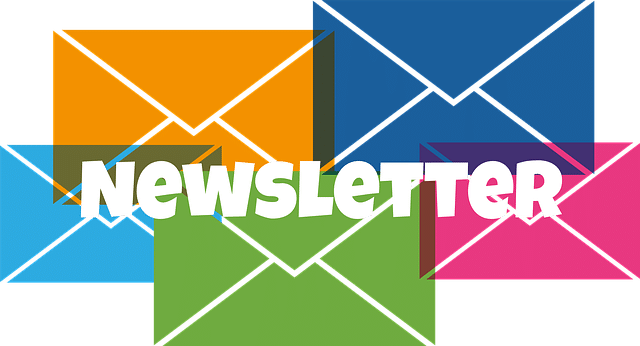
Image by Dagmar Yanbak from Pixabay
As I promised at the beginning of this article, I’ll share the strategies I’ve developed to consistently create engaging newsletters. These practices are simple but effective, helping me build stronger relationships with my readers and boosting the performance of my campaigns.
Here are the easy-to-follow tips you can start using in your newsletters today:
#1. Know Your Newsletter Audience
It’s important to know who you’re writing for. The focus of your newsletter will affect how much your audience engages with it. The tricky part is deciding what type of content to include. To help, look for ideas related to ecommerce, tech, blogs, food, and drinks.
Understand what your readers are interested in, what industries they work in, and what topics they care about. This will help you write content that’s relevant to them.
To figure out what to focus on, you can try different versions of your newsletter. A quicker way? Just ask your readers! Send a survey to your current subscribers to find out what they want to see.
Most newsletters try to cover too much. For example, does it make sense to share product updates and your top tweets in the same newsletter? Once you pick a focus, stick with it, so readers know what to expect each time.
#2. Keep It Simple and On-Topic
Everyone is busy, and we all have less time to check our emails. Your audience won’t spend as much time reading an email as they would a blog post or article, so your newsletter needs to be clear from the start. Keep the content simple and straight to the point.
Simple newsletters are easier to read, but you can also grab attention by making your writing short and engaging. For example, The Hustle does a great job of covering trending topics in a fun, easy-to-read way.
Your readers might not know what to expect when they first subscribe. Help them out by setting clear expectations on the signup page or in a welcome email. Convince & Convert does this well by giving new subscribers a sneak peek of what’s to come with examples and teasers.
#3. Write Catchy Subject Lines
David Ogilvy, a famous British advertising expert, once said:
“On average, five times as many people read the headline as the body copy. When you’ve written your headline, you’ve spent 80 cents of your dollar.”
While he was talking about ads, the same rule applies to email marketing. When someone checks their inbox, they only see three things: the subject line, a pre-header, and the sender. That’s all they have to decide whether to open your email or not.
To get the most out of your subject line, it needs to grab attention. Here are some tips to do that:
- Curiosity: Make your readers want to open your email to find out more.
- FOMO (Fear of Missing Out): Make them feel like they’ll miss something important if they don’t open it.
- Pain points: Address problems or topics that are important to your audience.
- Emojis: Help your email stand out in a crowded inbox and match your brand’s tone.
- Wordplay: Use fun, catchy phrases to spark interest.
If you’re having trouble coming up with subject lines, try using Sinch Mailjet’s AI Subject Line Generator. It gives you quick ideas that you can adjust to fit your campaign.
#4. Share Content from Others
Your newsletter doesn’t have to be all about your company. Adding content from industry experts or influencers is a great way to make your emails more engaging.
Tip: Try including quotes, tweets, or links to content from partners or brands you admire.
Collaborating with others can also help you grow your subscriber list. For example, Good Emails sends newsletters featuring helpful, funny, or inspiring content from the email marketing world.
#5. Include content from your users
To make your newsletter more interesting, shift the focus from your company to your users, audience, or employees. You can add content from your community, like comments, examples of how they use your product or answers to common questions from social media.
Adweek’s newsletter, for example, often shares quotes and thoughts from their team and community about trending topics. This adds a personal touch to their emails and involves the whole team.
#6. Tie into popular trends or events
You can connect your content to trending topics or events depending on your newsletter’s theme. Marketers often want to stay updated on the latest trends, so sharing your thoughts on these can be an excellent way to bring your brand into the conversation.
Another option is to link your product or service to a popular event. For example, Turo targeted Americans attending the 2024 Paris Summer Olympics by promoting their car rental service, knowing many travelers would need transportation. Be careful when doing this, though – it can feel off if it doesn’t fit well with your brand.
#7. Use social media to create excitement
Social media is a great way to get people interested in your upcoming newsletter. If you have exciting news or unique content to share, give a little preview on platforms like Twitter, Facebook, or Instagram to build anticipation.
For example, you can post a photo or GIF on Twitter and Facebook or share a short video on Instagram Stories. Tell people what to expect in your newsletter and why they should sign up. Make sure to include a clear call to action (CTA).
#8. Share exclusive and unique content
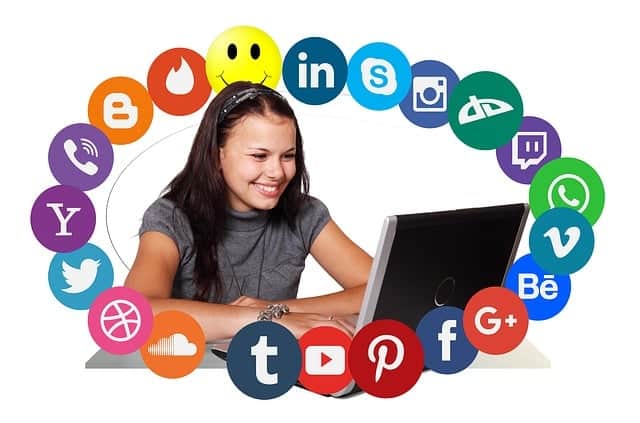
Image by Gerd Altmann from Pixabay
If your newsletter only repeats what’s already on your blog, social media, or website, it’s time to offer something new. Your newsletter should give your readers something they can’t find anywhere else.
For example, Self-Cut System’s email teaches readers how to cut their hair in 30 days. It also includes valuable tips and resources and an option to join their masterclass. This makes the email feel personal and helpful, giving readers guidance and confidence.
#9. Try A/B testing for subject lines
Email marketers often write a few subject lines and pick the one they think will work best, but sometimes, another subject line does better. You’ll only know which one works best if you test them.
The only way to know for sure is to test it.
Tip: Use a subject line and a pre-header, and expand your A/B testing choices.
By testing, you can see which subject line works best. If your email isn’t highly urgent, send two versions with different subject lines to a small group. The one that gets more opens can then be sent to the rest of your list.
This has two benefits: first, your email will get more opens, and second, each test gives you insight into what your subscribers respond to.
#10. Send Targeted Content with Segmentation
Most businesses don’t have customers with the same interests or needs. For example, families need different things than singles, and younger people have different preferences than older people. People in other jobs also think differently.
To make your emails more relevant, break up your email list into smaller groups. This way, you can send content that fits each group’s needs. Doing this will improve your results, with higher open rates, more engagement, and stronger customer loyalty. Fewer people will unsubscribe or mark your emails as spam.
#11. Get creative with your call to action
Many emails still use basic calls to action like “sign up,” “buy now,” or “learn more.” But in emails, you can be more creative and show some personality. This can make your subscribers more excited and interested in your message. Here are some ways to make your call to action stand out:
- Make it personal: Use phrases like “Sign me up” or “Reserve my spot,” which feel more engaging than generic ones.
- Add some fun: Match the tone of your brand with creative language.
- Be enthusiastic: Try phrases like “I’m in!” or “Send my reward!” to add excitement.
- Be specific: Make your call to action directly relate to the email content or offer.
For example, instead of a boring “Learn more,” a Genealogy Bank email said, “Discover family facts and stories now.” This makes it clearer and more exciting for the reader, boosting curiosity and encouraging clicks.
Tip: Don’t sacrifice clarity for creativity. Your subscribers should know what will happen when they click. If you have multiple call-to-action links in your email, keep some simple, but save the most fun one for the end.
For example, Shinola Detroit promoted a new watch with the call to action “Take a bite,” playing off a fun comparison. Later in the email, they used a more traditional “Shop the collection” for clarity.
#12. Use pre-built templates
Using newsletter templates can save you time and create a familiar experience for your subscribers. This consistency is important because people expect similar design and content after they sign up.
Most email service providers offer customizable templates to help you quickly create your newsletters.
If you want to create an engaging newsletter but don’t know where to start, I’ve got you covered! Below is a simple Newsletter Planning Template that will help you plan out everything from the subject line to the call-to-action. It’s designed to make the process easy and ensure your readers stay interested and engaged.
This template can organize your thoughts, keep your newsletters focused, and track your success.
Now that you’ve seen the expert tips and strategies that worked for me, including a template to help you get started, you might be wondering why a newsletter is so important to your content strategy. Let’s see how it can help you build a stronger connection with your audience and boost your overall success.
How a Newsletter Can Benefit Your Content Strategy
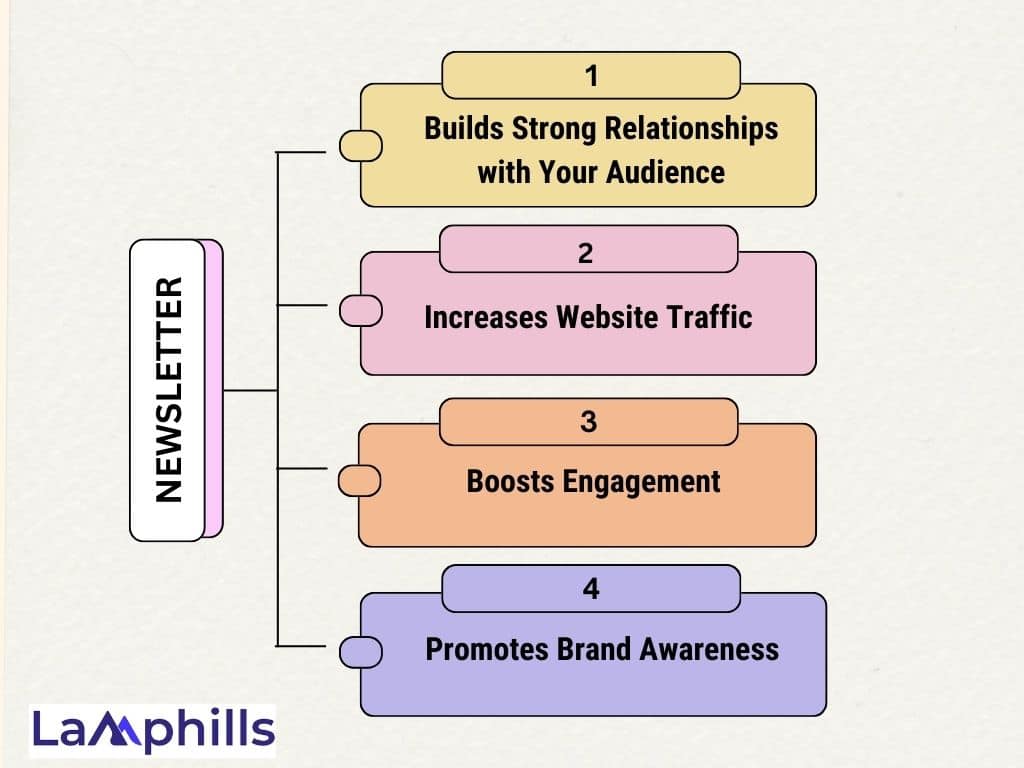
Beyond just sending emails, newsletters can provide several key benefits that can help grow your business or blog. For me, newsletters have become a key part of my overall content strategy. They allow me to share content more personally and give my audience a reason to come back to my blog or watch my videos.
In fact, newsletters help me:
#1. Builds Strong Relationships with Your Audience
One of the biggest benefits of a content newsletter is that it helps you build and maintain relationships with your readers. By consistently showing up in their inbox with useful information, you create trust and familiarity. Over time, your readers start to rely on your newsletter for updates, tips, or new content, which keeps them engaged with your brand or blog.
#2. Increases Website Traffic
Every time I share new content through a newsletter, I see a spike in clicks and visits to my blog or website.
Newsletters are a great way to drive traffic to your website. Every time you send out an email with links to your latest blog posts, articles, or videos, you encourage readers to visit your site. Regularly sharing content through your newsletter can result in higher click-through rates, boosting overall traffic to your website.
#3. Boosts Engagement
A newsletter isn’t just about broadcasting information. It’s also a chance to ask questions, encourage replies, and get feedback, which helps me create a two-way conversation with my audience.
Through newsletters, you can create a two-way conversation with your audience. Whether it’s asking for feedback, encouraging replies, or offering a special deal, newsletters can boost reader engagement. The more engaged your audience is, the more likely they are to interact with your content, share it, or even make purchases if you’re running a business.
#4. Promotes Brand Awareness
Sending newsletters regularly keeps your brand at the top of your audience’s mind. Even if they don’t visit your website daily, your newsletter reminds them of what you offer. This consistent presence helps to promote your brand and makes it easier for readers to remember and recognize you when they need your products or content.
#5. Offers Personalization
A newsletter allows you to personalize the content you send to your readers. By segmenting your audience based on their interests or preferences, you can deliver more relevant content. Personalization leads to better engagement because readers receive information that is more closely aligned with their needs.
By making newsletters part of your strategy, you can effectively create lasting connections with your readers while promoting your content or business.
Bottom Line
In the end, a successful newsletter keeps your audience engaged and coming back for more. By offering valuable content, using clear subject lines, keeping the layout simple, and adding a personal touch, you can build stronger connections with your readers. When done right, a newsletter becomes a powerful tool that promotes your content and strengthens your relationship with your audience.
If you follow these best practices, you’ll be well on your way to creating newsletters that people look forward to reading.
Frequently Asked Questions.
What is a newsletter in content marketing?
Newsletter marketing is when companies send helpful information and updates about their products through email to a list of subscribers, which includes both potential and current customers.
What is a management newsletter?
A management newsletter is an email that shares useful information and tips about managing teams and tasks.
What are the three 3 processes of content management?
The three main steps in content management are creating content, where new material is made; storing and organizing content, where it’s safely kept and sorted for easy access; and sharing content, where it’s published and sent to the target audience through different platforms.
How do I create engaging newsletter content?
7 Simple Tips
- Create a catchy subject line and title – Make sure your subject line grabs attention.
- Include eye-catching visuals – Use nice images or graphics to make the newsletter look good.
- Keep it short and clear – Make your message easy to read and straight to the point.
- Pick a relevant topic – Choose a topic that matters to your audience.
- Share useful information – Focus on giving value rather than selling something.
- Personalize your message – Make the newsletter feel personal and friendly.
- Add a call-to-action (CTA) – Encourage readers to take an action, like clicking a link or signing up.
How do I make my newsletter more interactive?
5 Simple Tips
- Add a Clickable Table of Contents.
- Pay Attention to Design and Images.
- Mix Up Different Interactive Features.
- Use Animations to Catch Readers’ Eyes.
- Make It Easy to Read Quickly.
How do you structure a good newsletter?
- Be different.
- Write fresh and unique email subject lines.
- Don’t forget your preview text.
- Use the same email template every time.
- Stay on one topic.
- Make it match your brand.
- Include content from your users.
- Send it at the right time.
Similar Articles
Online Brand Management Secrets: What I Learned Managing Social Media for A-List Celebrities
What is Content Marketing ROI And How to Measure Your Success?
Social Media And Content Marketing: Building a Winning Strategy
